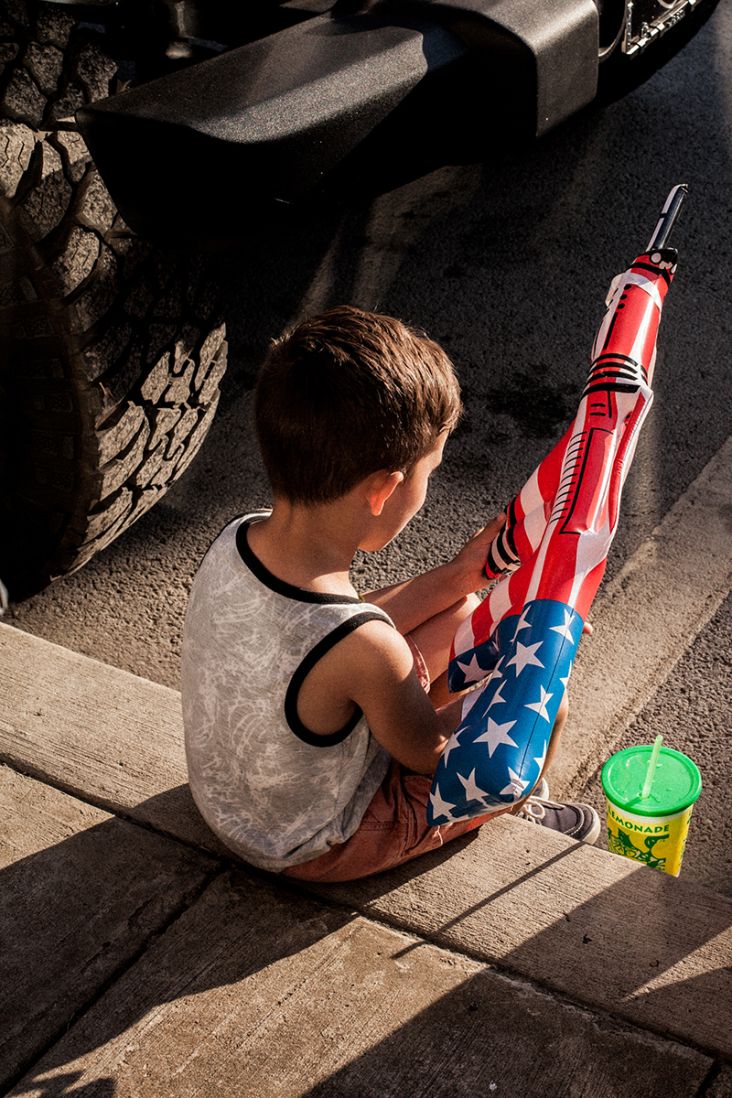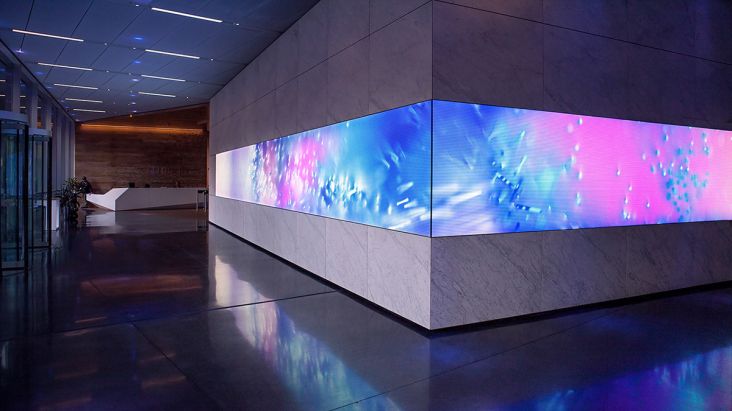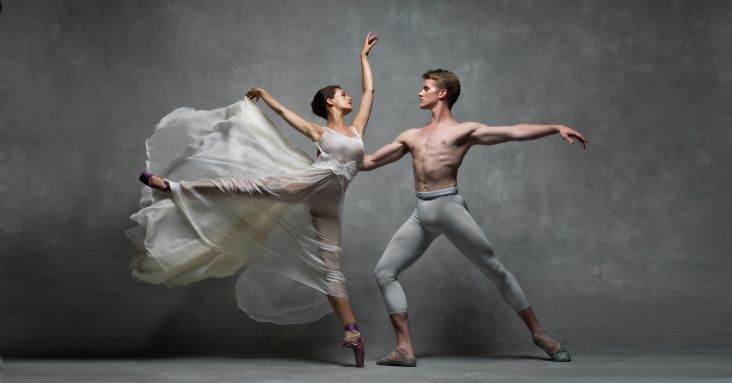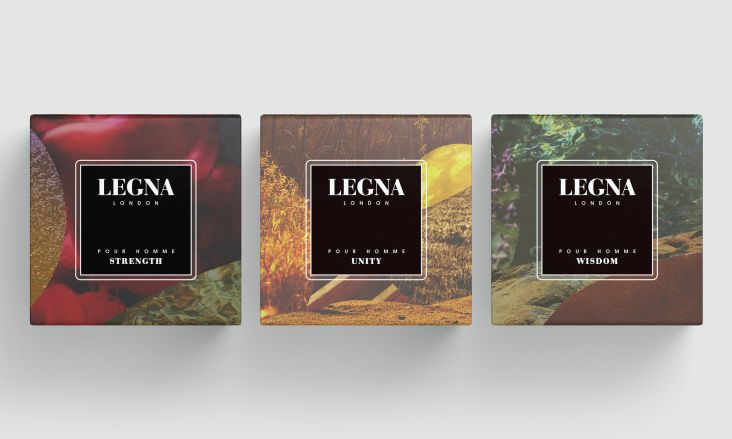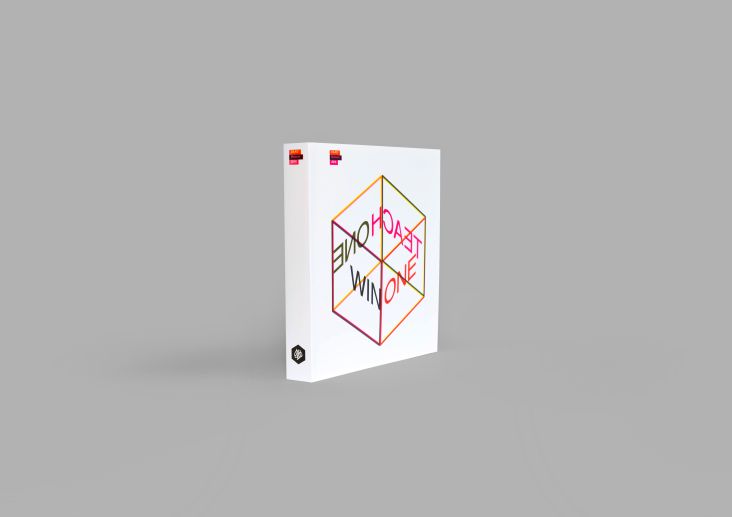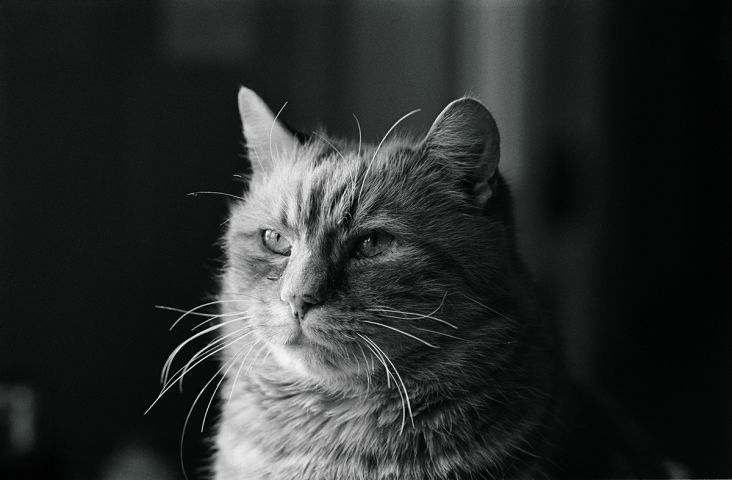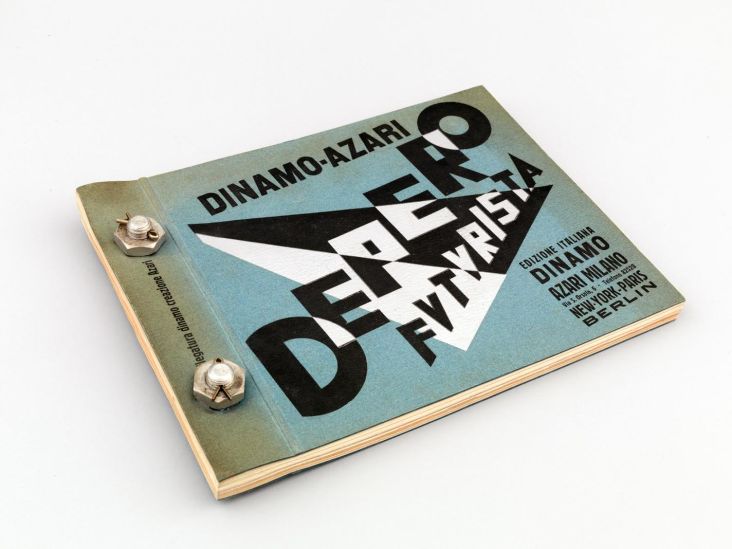Cynthia Corbett on launching a gallery, flexible working & pioneering the pop-up
Cynthia Corbett started life as an international economist before she quit her job, sold her house and retrained as an art historian to launch her own gallery in 2004. She also runs a not-for-profit initiative called Young Masters, which provides a platform for artists whose work pays homage to the Old Masters or art from the past.
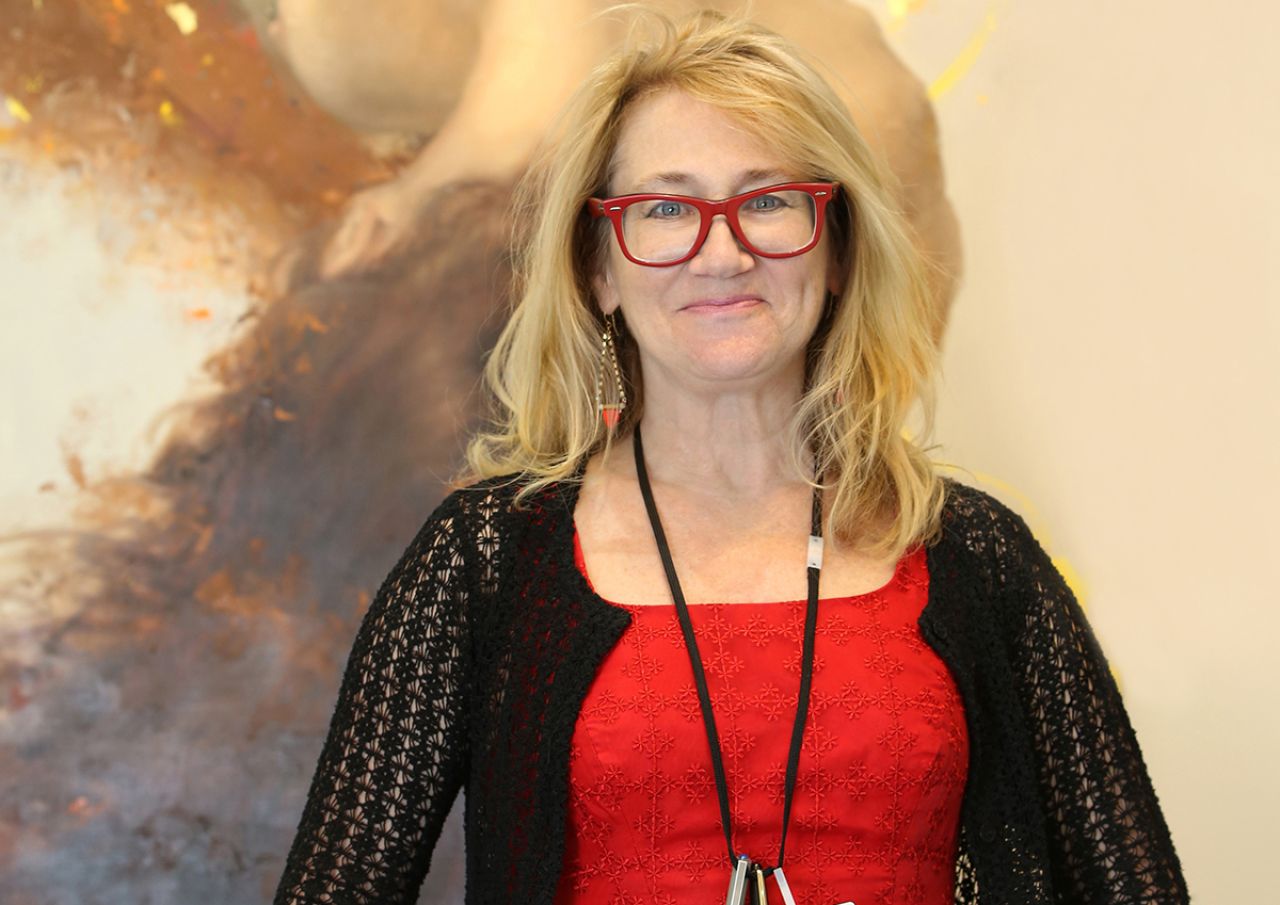
Cynthia is one of the pioneers of the pop-up exhibition scene, and today runs her gallery from her home in Wimbledon, alongside an ongoing programme of pop-up shows in central London – a business model that works brilliantly for her and that she feels is a credible model for the evolution of gallery representation in the 21st century. We spoke to Cynthia about switching careers, flexible living, the meaning of hard work and the pop-up exhibition scene...
You swapped the financial markets for running an international art gallery. How did that come about?
In 1999 my daughter was 8 years old and seemed to be having a few problems at school – she wasn’t her usual happy self. At the time I was travelling a lot in my job as an international economist and I thought this was beginning to have an impact on my family, so it was time to rethink.
I decided to quit my job, sell our house and go back to studying so that I could do something I really wanted to do. I have always loved art and because of my academic background decided I would retrain as an art historian, with a view to eventually setting up my own gallery.
I found out about an amazing two-year art history course at Christie’s Education so applied and got accepted for that. At the time they were interested in taking people on who wanted a career change.
After finishing my studies at Christie’s I built up experience in the art world by becoming a Tate guide, getting out there, meeting people and seeing everything I could.
I wanted to open a gallery and had this Eureka moment when I realised I could do so using my own home – it has a lot of wall space so is perfect. I was able to fit my business around my family life and everyone was much happier.
Have you successfully found a balance since launching the gallery?
When you’re working for yourself there’s a lot of pressure but you are in charge of your own time. When my daughter was young I would do all my meetings and networking while she was at school and my admin while she was asleep. You just have to plan your time really carefully and be super organised – this is where my background working in very large and tight organisations has been invaluable for my art business.
What challenges did you face during those early years?
The gallery world is expensive and really full-on. You have to be at it 24 hours a day – not just running the business, but networking, going to private views and being really on top of what’s happening on the art scene.
The other challenge is financial. There are no guarantees that you’re ever going to make any money, but you have to take risks and believe in yourself in the hope you can meet the financial challenges.
How has the art scene changed over the past decade?
There used to be a huge art scene in the East End of London, particularly in the early noughties. There were affordable studio and exhibition space there, which meant that artists were able to do all sorts of interesting, experimental things. In the past 10 years is has become so expensive and the artists are now moving out. This displacement of artists is once of the biggest changes.
I’ve also noticed that collectors are safer because of the economic and political uncertainty.
"There are no guarantees that you’re ever going to make any money, but you have to take risks and believe in yourself in the hope you can meet the financial challenges."
Your gallery is actually based at home isn't it? How does that work for you?
My living space is the ideal setting for the gallery as there is so much wall space, lots of natural light and the lateral layout lends itself to a gallery setting. My clients love the experience of coming to my home to look at art and it helps them to envisage how their purchase might look in their own homes.
It also makes sense for me financially to operate in this way as I’m not having to pay year-round rent on a more traditional gallery space.
You're a pioneer of the pop-up exhibition scene. How did that happen?
Although it’s easy to get to my home gallery in Wimbledon, it’s not in central London and visits are only by appointment or invitation, so it’s not always convenient for people.
I realised that I needed to have a presence in central London, but in those early days I didn’t have the funds to rent somewhere in town – even for a two-week pop-up – so I had to think creatively and find spaces I could use for free.
I showed work in all sorts of places such as the oldest eyeglass shop in the City of London, in a hotel next to Tate Britain, in an abandoned house in Camberwell. I also used various spaces in the East End.
In 2007 I finally got enough income to be able to rent a gallery in Cork Street, which I did until 2014, sometimes holding four pop-up exhibitions a year there. People love that area, it’s the centre of the London gallery scene, it’s near the Royal Academy of Arts. I was bringing something new and fresh to the area with my exhibitions.
By 2009, more people started working in this way and the ‘pop up’ scene exploded.
Are you able to find work/life balance?
It’s a bit easier now because my daughter has grown up and my husband is doing his own thing. But you have to keep up the pace, you have to keep working hard and that’s not easy. You need lots of energy and need to be able to survive on very little sleep – and very few holidays!
When I’m really exhausted, I am able to stop and will either go away for a simple weekend on the Isle of Wight or will go and do a jazz singing course. As long as you have your iPad near you, it’s ok! The bottom line is, to do what I do you just have to love it.
Can you tell us about any specific artists you've helped over the years?
I’ve worked with some of my artists since I first opened the gallery and since the beginning of their careers. Artists like Andy Burgess, who I first met in 2000, and Tom Leighton and Klari Rees who both graduated in 2006 and now have international careers.
Deborah Azzopardi is a big success story. She’s a self-taught and self-made artist who came to work with me just when she’d secured a deal with a new publisher. She’s very successful and has a huge international profile.
You launched the Young Masters Art Prize in 2009. It's a fantastic initiative. Tell us more
The Young Masters Art Prize is a not for profit initiative for artists of any age or nationality, working in any artistic medium, whose work pays homage to the Old Masters and the art of the past. We launched a ceramics strand of the prize – the Young Masters Maylis Grand Ceramics Prize – in 2014.
When I launched it I didn’t realise how many artists were looking to the past in their own work and how important a platform like this would be for them. Young Masters is part of an international movement of like-minded artists and is so much more than a commercial gallery show. It’s an amazing opportunity for artists to show their work in London, and we also run an international tour as part of the initiative.
I love seeing what impact Young Masters has had on artists’ careers. Someone like Matt Smith, who won the ceramics strand of the Young Masters Art Prize in 2014, has since done a residency at the V&A.
The fourth edition has launched this week with a call for entries. How do people submit their work?
We opened the call for artists on 4 October and will be accepting applications via our website until 28 February 2017. We decided to have a long application period to give people the chance to submit the best possible application.
When looking to represent someone, what do you look out for?
I’m really particular about who I represent. First and foremost, I have to be moved by what I see and feel that it’s something I would like to have in my own home. The second thing is that my personality and way of working has to gel with theirs. Chemistry is important and I need to have a good relationship with my artists. They also need to work well with my team and respect them.
Is there anything that frustrates you about the art scene, that you'd like to change?
This is for another interview! There’s so much to talk about here. But mainly I think the art scene can be quite cliquey and I’d like that to change – for it to be a bit more open and inclusive, especially at a high level. Some of the big art fairs like Frieze, Art Basel, Paris Photo are harder for mid-level galleries to be part of if they don’t have household names on their books. This needs to change.
"Have a positive attitude about everything and don’t be afraid to ask questions and make mistakes. Above all, be passionate and remember you have to want it and love it."
What has surprised you the most since launching your own business?
The administration and bureaucracy. When you work for other people, that side of things is taken care of, but when you start running a small business you have to look after everything – and it can be crippling. If I hadn’t had a business background and wasn’t so stubborn and passionate about what I do, I wouldn’t have continued. I think there needs to be more support and financial breaks for small businesses in the UK.
Who has been your biggest inspiration, and how have they helped you?
I’ve never really had a mentor in the art world, but get most of my inspiration from big historical art world figures like Leo Castelli and Peggy Guggenheim. People who haven’t had everything handed to them on a plate but who have worked hard and taken risks. I look at how others have overcome their challenges and differences and take inspiration from that.
My parents were immigrants who had nothing but believed in hard work and integrity and their example has set me up for life.
Finally, what advice would you give to those wishing to follow in your footsteps?
Take every opportunity that comes your way. Learn to manage your time. Academic qualifications are important, but ultimately it’s hands-on experience that’s number one and you won’t know exactly what path you want to take until you try different things.
There are so may galleries and opportunities, you just have to take them. And be aware of your luck. I think it was Richard Branson who said 'the harder I work, the luckier I get'.
Have a positive attitude about everything and don’t be afraid to ask questions and make mistakes. Above all, be passionate and remember you have to want it and love it. There’s no such thing as a quick reward so you need to be passionate and practical.
Cynthia Corbett is the Director and Founder of The Cynthia Corbett Gallery and Young Masters Art Prize. Applications are now open for the Young Masters Art Prize 2017. Visit www.young-masters.co.uk to discover more. Or check out www.thecynthiacorbettgallery.com to find out more about Cynthia and her gallery.




 by Tüpokompanii](https://www.creativeboom.com/upload/articles/58/58684538770fb5b428dc1882f7a732f153500153_732.jpg)


 using <a href="https://www.ohnotype.co/fonts/obviously" target="_blank">Obviously</a> by Oh No Type Co., Art Director, Brand & Creative—Spotify](https://www.creativeboom.com/upload/articles/6e/6ed31eddc26fa563f213fc76d6993dab9231ffe4_732.jpg)








